In an era where every click, impression, and conversion is quantifiable, marketing leaders face a paradox: Data abundance has never been greater, yet clarity remains elusive. For CMOs and VPs of Marketing, the shift from intuition-driven campaigns to metric-focused leadership isn’t just a trend—it’s a survival skill. Organizations leveraging data-driven strategies consistently report higher ROI than those relying on gut decisions. However, in the rush to quantify success, many teams drown in vanity metrics while missing the signals that truly move the needle. The modern marketing leader’s mandate is to wield data as a strategic compass, not a crutch.
The Rise of Metric-Focused Leadership
Gone are the days when marketing success was measured by splashy campaigns or creative awards. Today’s boards demand accountability, tying every dollar spent to tangible business outcomes. Metric-focused leadership transcends basic analytics by aligning KPIs with organizational goals. For example, Adobe’s CMO, Ann Lewnes, pivoted her team from tracking superficial metrics like “email opens” to prioritizing “experience-driven revenue.” By mapping metrics to customer journey milestones, Adobe achieved significant increases in cross-channel engagement within a year and a half.
This evolution reflects a broader industry shift. Recent studies reveal that most CMOs now prioritize “boardroom-ready metrics”—KPIs that directly correlate to revenue growth, customer lifetime value, and market share. However, a significant percentage of these leaders still struggle with their team’s ability to contextualize data into actionable insights. The gap isn’t technical; it’s cultural.
Also Read: Document Workflow Software – Streamlining Your Business From Chaos to Clarity
Building a Metric-Focused Culture: Beyond Dashboards
Metric obsession without purpose leads to chaos. Leaders often fall into the trap of overloading teams with dashboards, which can create what experts call “data fatigue syndrome.” The solution lies in ruthless prioritization, beginning with identifying key performance indicators that directly align with business objectives. Metrics like pipeline influence, which measures the percentage of revenue touched by marketing efforts, and content efficiency ratios, which quantify revenue generated per dollar spent on content creation, provide clearer pathways to success. IBM’s marketing team demonstrated this by streamlining their tracked metrics from dozens to just a few core indicators, resulting in reduced wasted spend and improved alignment across departments.
Empowering teams to think like economists is another critical step. Metric-focused leaders don’t merely report numbers; they diagnose them. When HubSpot noticed a significant drop in demo requests, their marketing team analyzed the funnel and identified that visitors from organic search had much higher conversion rates than paid ads. By reallocating resources to SEO and targeted content, they were able to recover most of the lost pipeline within months.
The Art of Balancing Creativity and Data
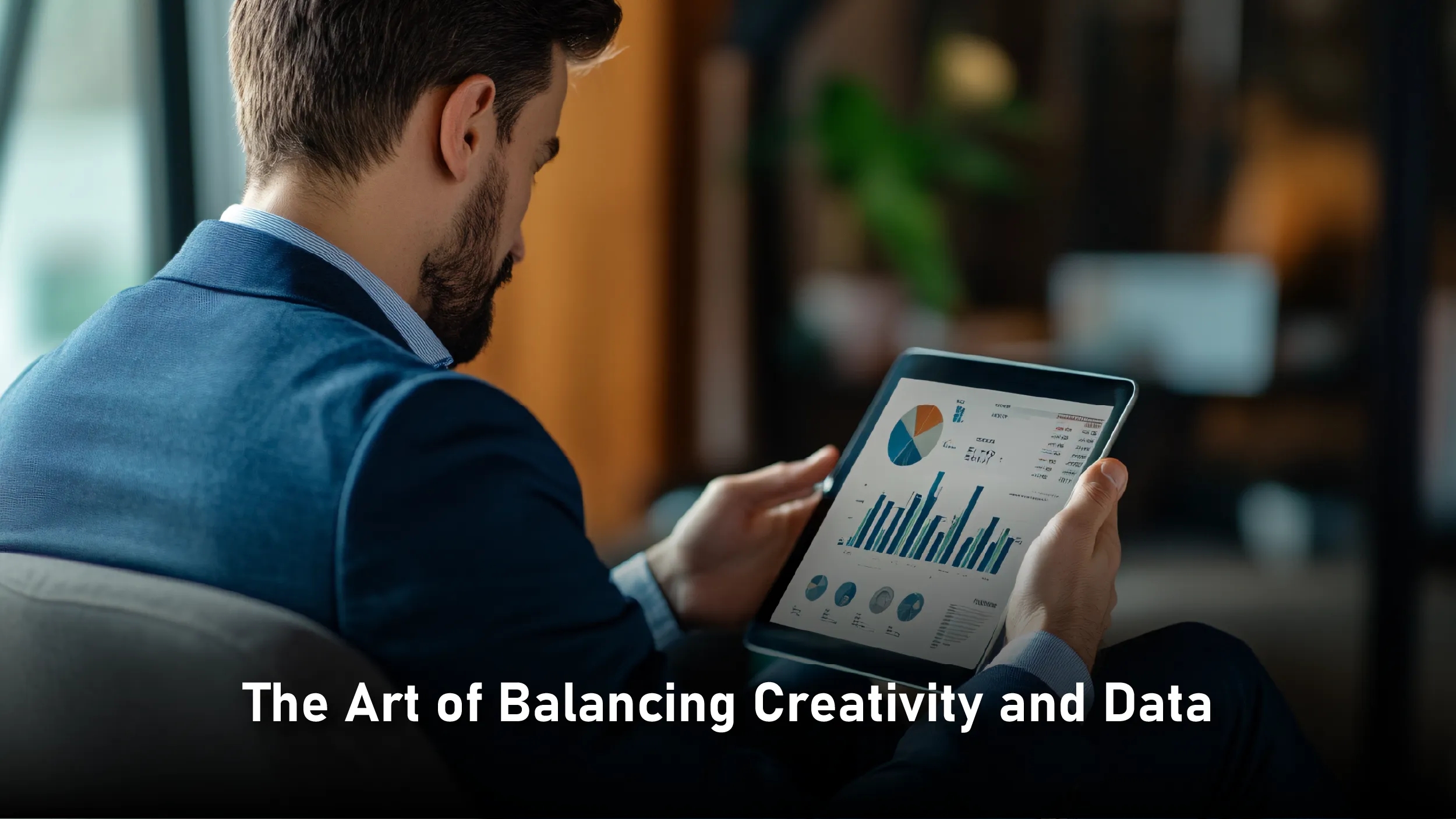
The challenge for CMOs lies in balancing data-driven insights with creative freedom. Over-reliance on metrics can stifle innovation, as demonstrated by Microsoft’s early AI campaigns. Initially focused on click-through rates, the campaigns lacked emotional appeal and underperformed. By integrating sentiment analysis and brand lift studies, the company pivoted to storytelling that combined emotional resonance with performance rigor, which ultimately led to increased engagement among enterprise buyers.
Nike’s “Dream Crazy” campaign serves as a prime example of mastering this balance. Although internal metrics predicted potential brand backlash, sentiment analysis revealed strong support among key demographics. This data-informed yet creative gamble resulted in substantial financial and brand equity gains, proving that metrics should guide but not govern decision-making.
Avoiding the Pitfalls of Metric Myopia

Even the most savvy leaders can fall into common traps. Focusing exclusively on historical data, such as last quarter’s ROI, limits forward-looking insights. Leading indicators like website engagement depth or share of voice are more predictive of future success. For instance, LinkedIn’s marketing team leverages content virality scores to forecast demand generation impact months in advance.
Another pitfall is ignoring unstructured data. Many B2B marketers overlook valuable insights from sources like customer calls or social media comments. By analyzing qualitative data from these channels, companies can reshape strategies to address customer concerns. For example, Twilio adjusted their content strategy after uncovering key themes from thousands of sales calls.
Ecosystem metrics are also often undervalued. In influencer marketing, measuring impact requires looking beyond affiliate revenue. One skincare brand optimized its influencer mix by factoring in metrics like increased brand search volume, demonstrating that broader ecosystem effects can drive long-term growth.
The Tech Stack: Building a Metric-Focused Engine
No marketing leader can succeed without the right tools. Unified analytics platforms, such as Google Analytics 4 and Adobe Analytics, help unify cross-channel data to enable attribution modeling that connects campaigns to revenue. Predictive AI solutions are also transforming how teams prioritize leads and allocate resources. Drift, for instance, uses AI-powered chatbots to predict lead quality with high accuracy, enabling teams to focus on high-intent prospects. Collaborative business intelligence tools like Looker and Tableau further integrate real-time dashboards into workflows, fostering seamless decision-making across teams.
The Human Element: Leading in a Data-Driven World
While metrics are critical, culture remains the cornerstone of high-performing teams. Psychological safety—the freedom to question data validity—is essential. Intuit’s marketing team encourages open debate through regular sessions that challenge the relevance of their KPIs. Data literacy programs, such as General Mills’ mandatory workshops, improve teams’ ability to translate metrics into meaningful narratives, while ethical guardrails ensure that insight collection aligns with consumer trust.
The Future of Metric-Focused Leadership
Emerging trends point to new areas of focus for marketing leaders. Metrics around AI governance, such as content originality and ethical AI use, are gaining prominence. Sustainability metrics are becoming critical as more buyers evaluate vendors based on environmental impact. Real-time adaptation tools, like those offered by Salesforce’s Marketing Cloud, enable dynamic KPI adjustments based on live data.
Conclusion
Metric-focused leadership isn’t about trading creativity for spreadsheets—it’s about integrating them into a cohesive strategy. As the lines between art and science continue to blur, the most successful marketers will be those who can transform data into stories, stories into actions, and actions into sustained growth. The challenge isn’t having enough data; it’s having the vision to make that data matter.
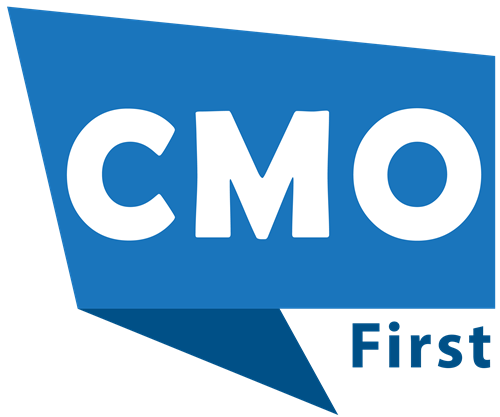




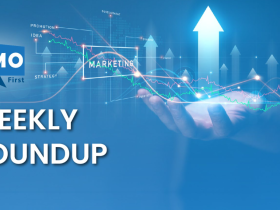





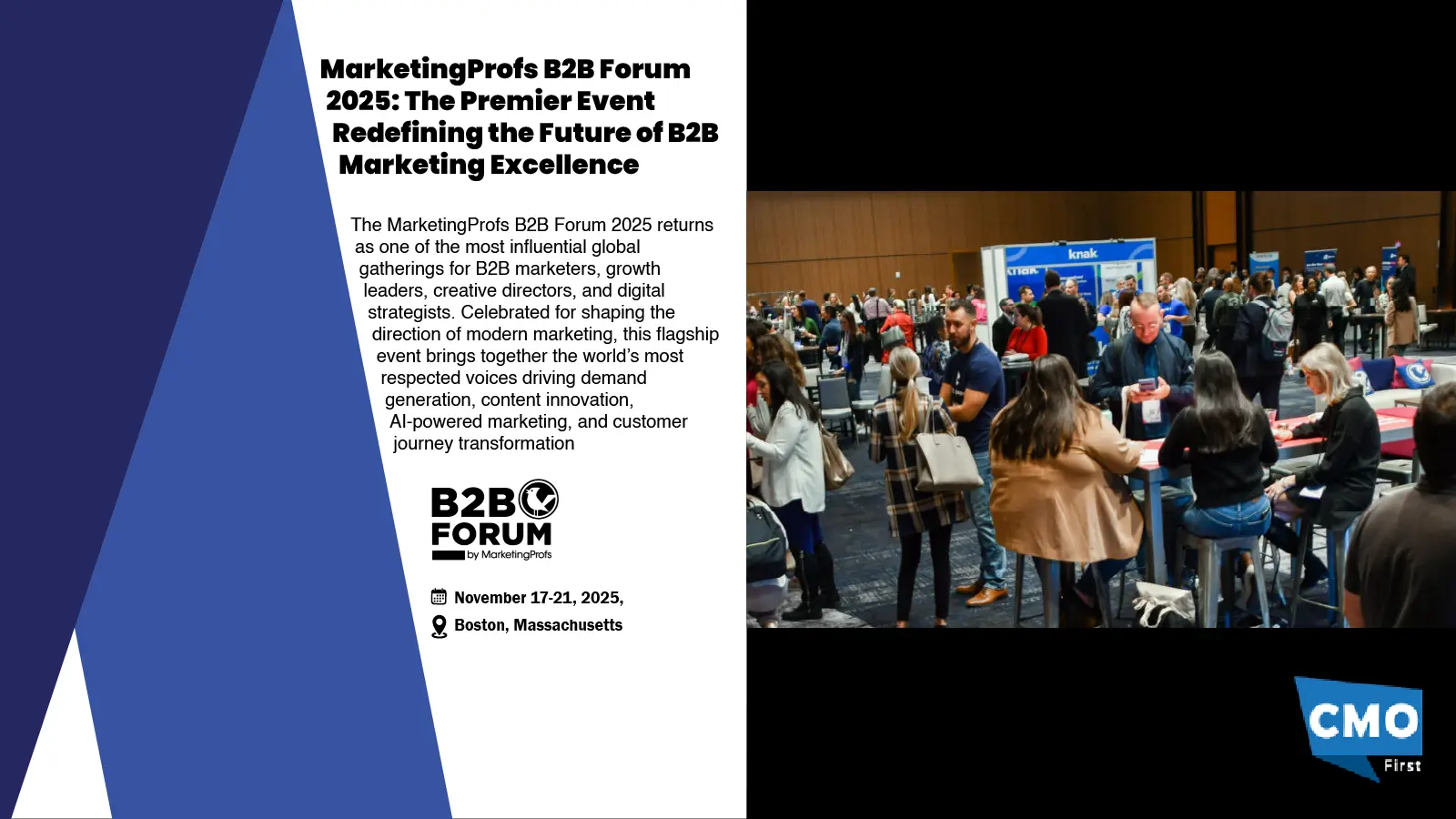


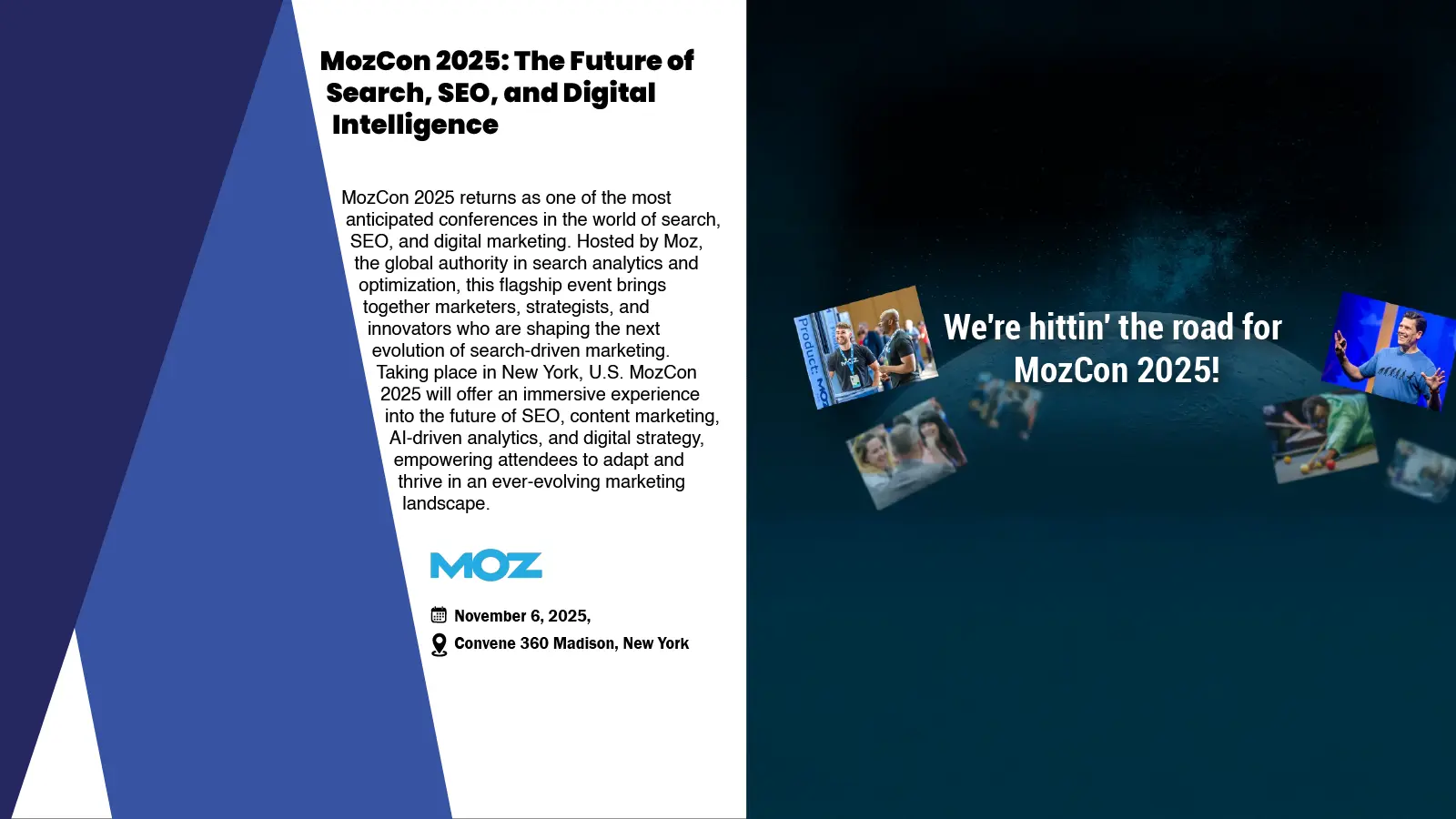
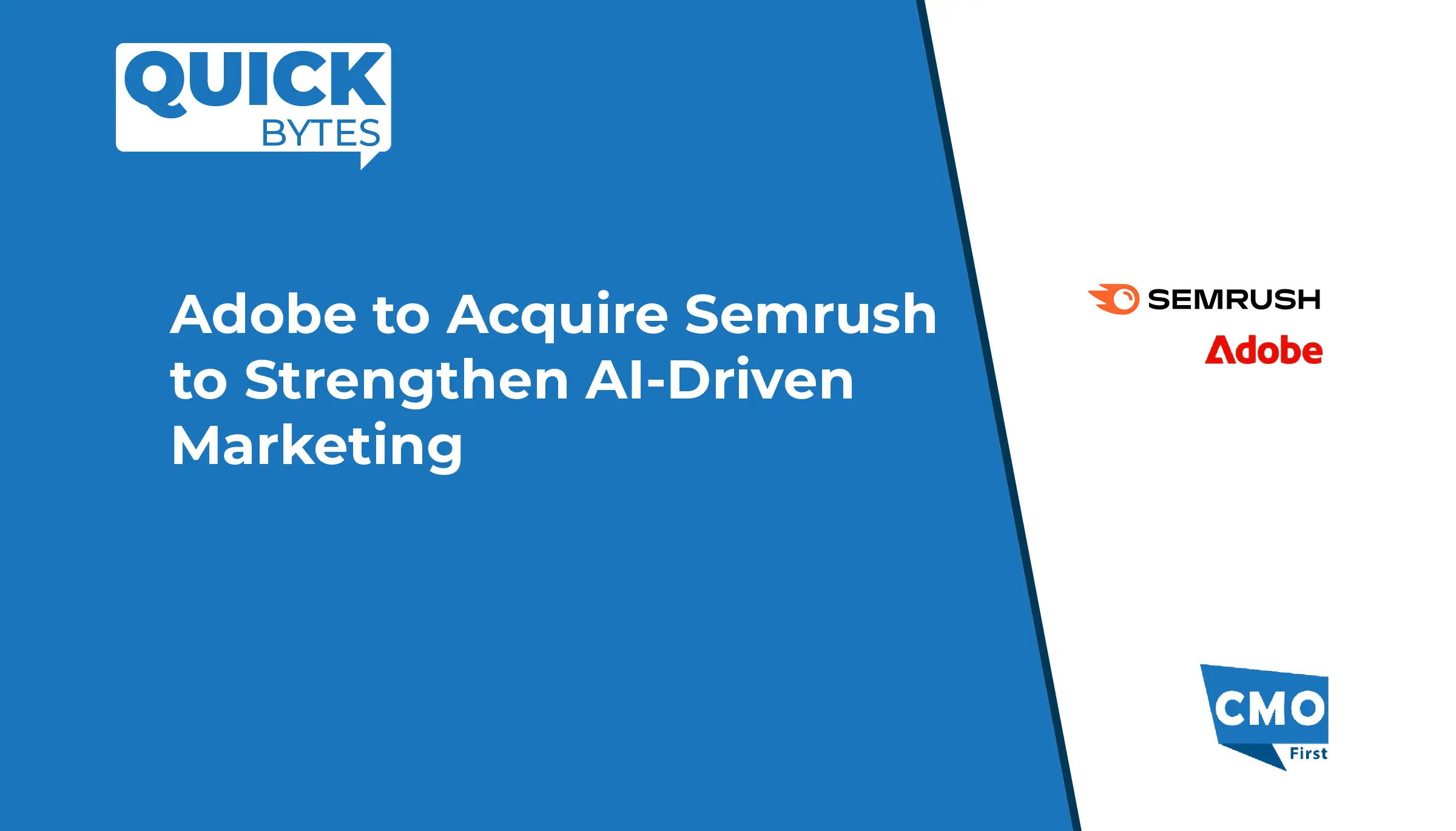
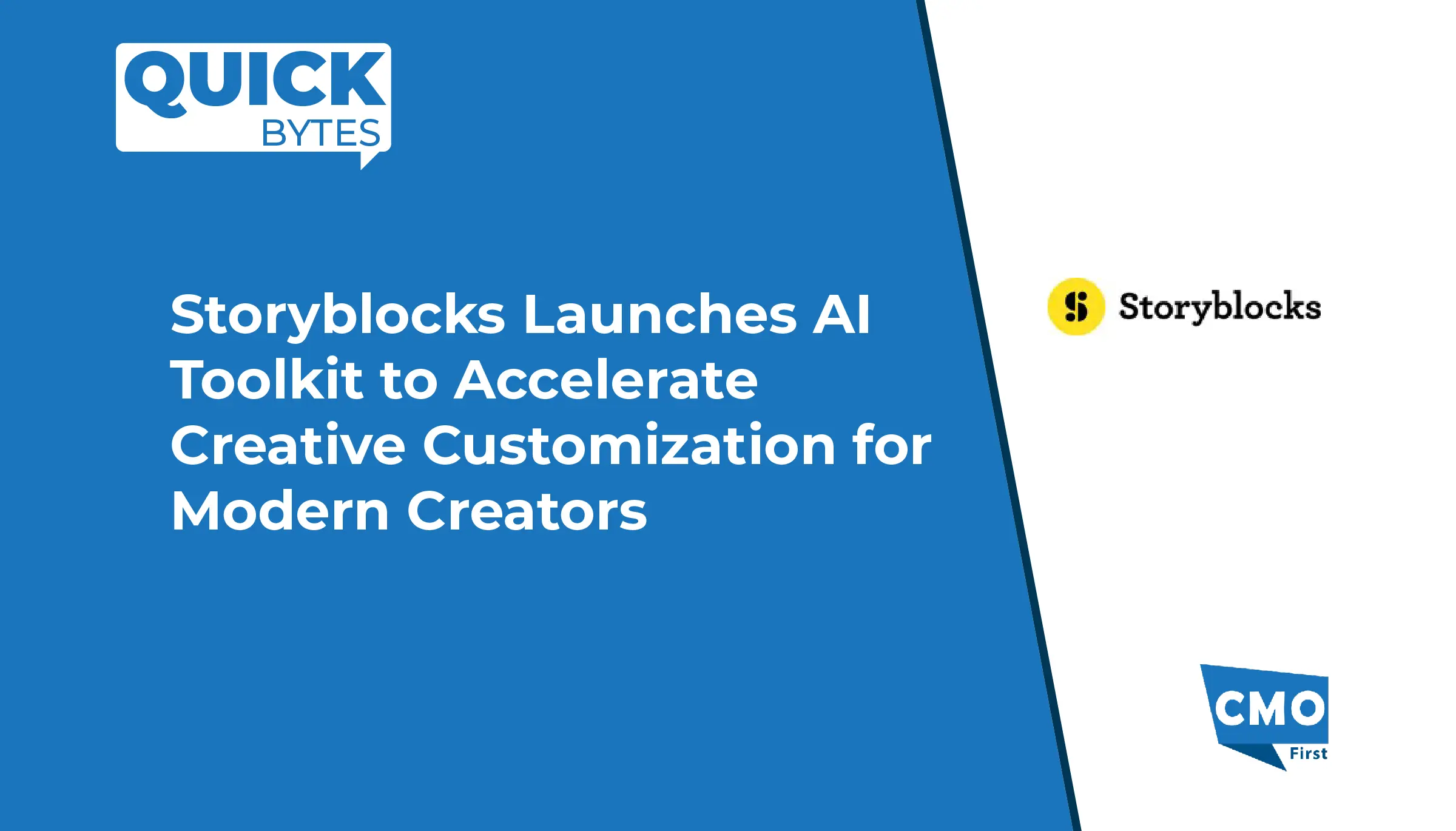
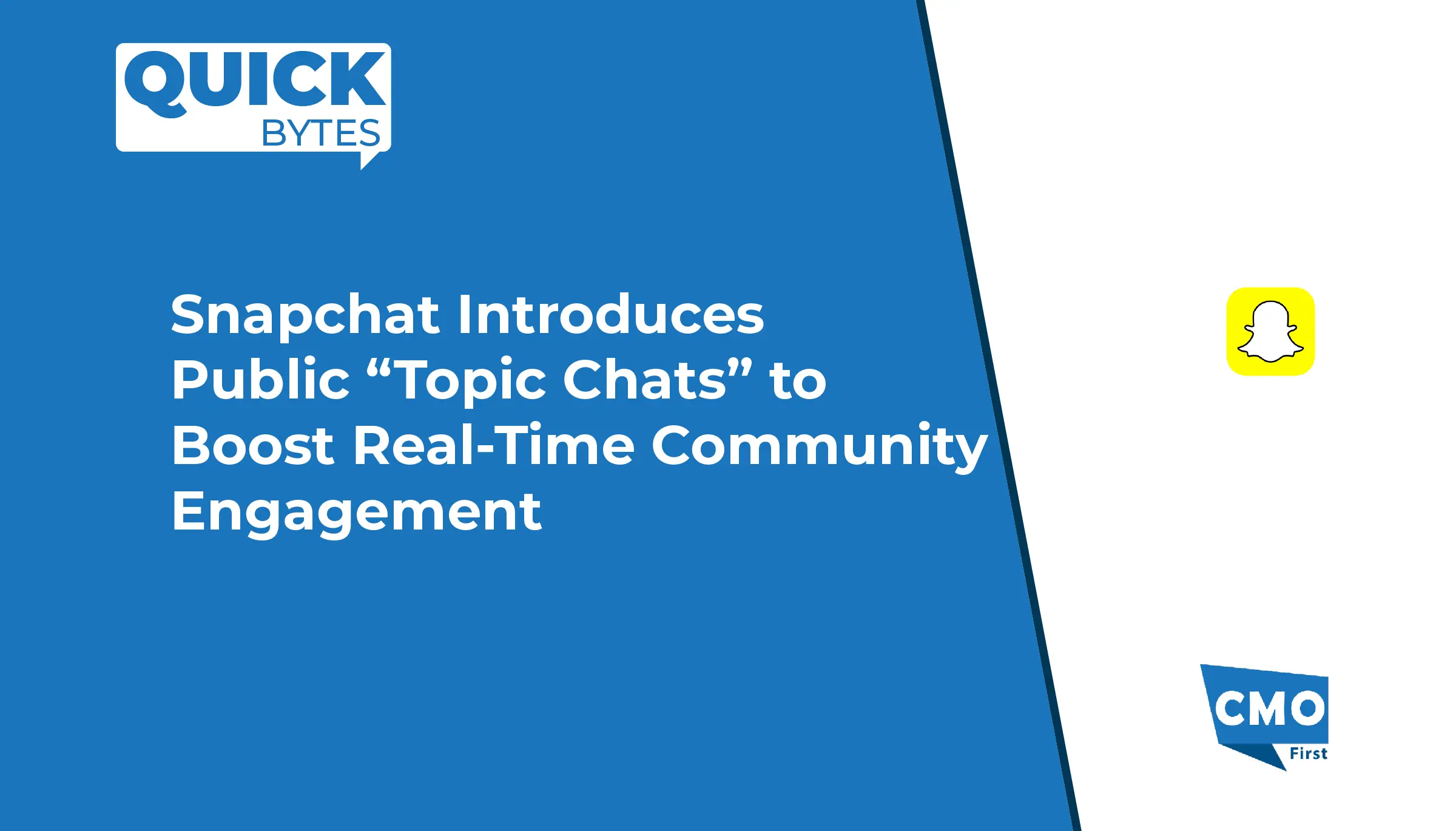




Leave a Reply